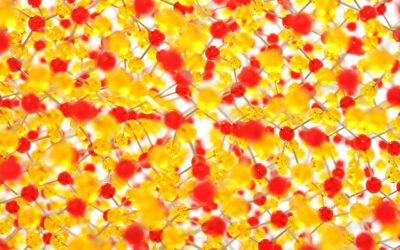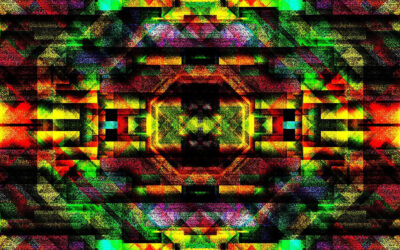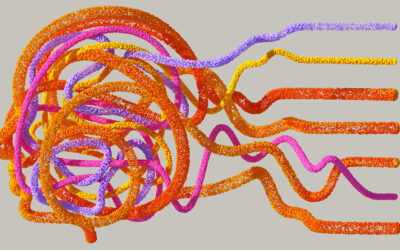Exploring the interplay between light and matter goes beyond just being an academic pursuit, it is a key interaction that has powered technological advancements across numerous fields.
Yet, studying how light and matter interact without missing any crucial details is challenging as these interactions occur on attosecond timescales — a billionth of a billionth of a second.
“The function and properties of a material depends entirely on the combined interaction of its constituents, the electrons and nuclei,” explained Jens Biegert, physicist and professor of attosecond physics and ultrafast optics, in an email. “The problem is to understand their behavior in real time and without missing anything. We have been able to do this for the first time with the necessary attosecond time resolution.”
Over the past decade, researchers at the Attoscience and Ultrafast Optics group at the Institute of Photonic Sciences in Spain led by Biegert have been developing a technology called attosecond X-ray absorption spectrometry to study light-particle interactions on these infinitesimally tiny time scales.
Recently, with this tech in hand, the team say they have discovered a new phase of matter that emerges on attosecond scales, when electrons interact with powerful radiation.
Attosecond X-rays
In their study published in Nature Communications, the researchers irradiated a sample of graphite with powerful infrared radiation then examined the response of the electrons in the material by probing the sample with attosecond pulses of X-rays.
“Graphite was a first test case since it is used everywhere and since it is a real hard nut to crack since the material has dynamics occurring on essentially all timescales from the attosecond to picosecond,” Biegert explained. “It is really difficult to identify the different dynamics and their timescales. Hence open questions existed despite graphite being one of the most well studied materials.”
Depending on the state of electrons in a substance, they absorb light of a particular frequency with a fixed probability, so by measuring the properties of electromagnetic waves passed through the material or reflected from it, one can find out in what state its electrons are, while the short wavelength of X-ray radiation allows one to study the material with very high spatial resolution.
“We optically excite the material with a powerful light pulse, thus exciting the electrons into high energy states and observe how these relax within the material, not only individually but as a whole system, watching the interaction between these charge carriers and the lattice itself,” explained Themis Sidiropoulos, first author of the study, in a press release.
A light-matter hybrid
The study revealed that varying the intensity of infrared light altered the electron’s properties in correlation with the power of the radiation. This deviation in their behavior from that of non-interacting electrons signaled the material entering a distinct phase, which the team called a light-matter hybrid, as electrons underwent stronger interaction with light, other electrons, and the graphite’s crystal lattice.
One of the most remarkable properties of the new material phase was that the electrons exhibited resistance that was orders of magnitude lower than in their original state, reminiscent of superconducting behavior.
Superconductivity is a highly desirable material property which many hope will one day lead to breakthroughs in electronics, classical and quantum computing, and energy, though it is not yet well understood theoretically, prompting scientists to rely heavily on experimental methods.
In addition, the study’s findings could prove valuable in the development of solar cells, whose operation is based on converting sunlight into electric current, as well as in the field of optical computing, which uses light to manipulate the state of electrons, and other fields of technology.
“The present research addresses some fundamental questions which are relevant for the new field of twistronics in which materials are combined according to their properties to achieve new functionalities,” Biegert said. “Thus, the study is fundamental but with applied reach. A possible usage could be for high power electronics for which one aims to mitigate intrinsic energy losses.”
“This is just the beginning and it was a test case for us,” he concluded. “We plan to apply our new methodology to fundamental and applied questions in light harvesting, ultrafast electronics, phase transitions and superconductivity.”
Reference: T. P. H. Sidiropoulos et al., Enhanced optical conductivity and many-body effects in strongly-driven photo-excited semi-metallic graphite, Nature Communications (2023). DOI: 10.1038/s41467-023-43191-5
Feature image credit: Gerd Altmann on Pixabay
This article was updated on January 9, 2024 to correct the phrasing describing the challenge in capturing experimental details of light matter interactions on attosecond timescales.

















